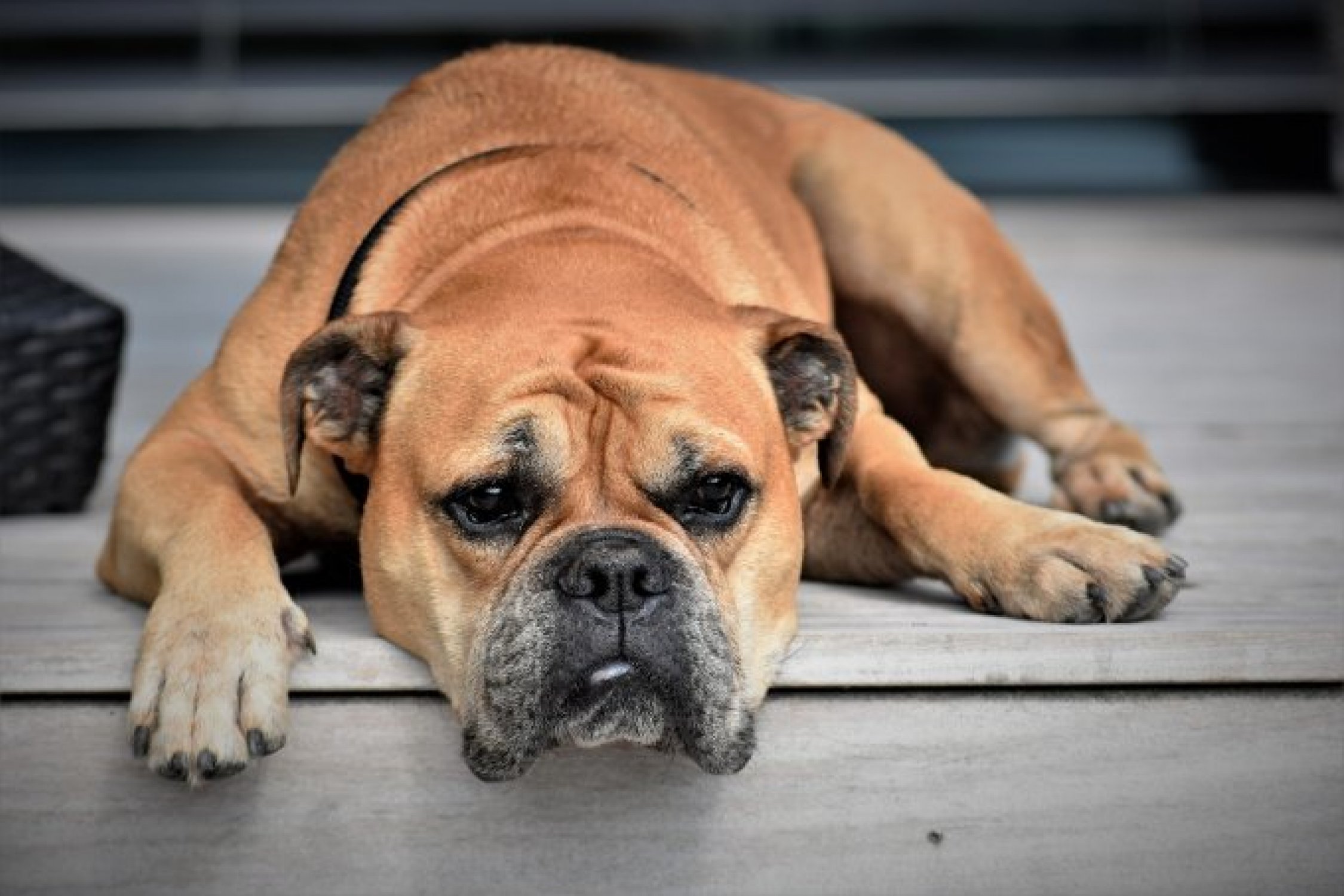POISONING IN DOGS - HOW TO HELP HIM?

Saturday, 27 April 2024

Each of us is probably familiar with the saying about the harmfulness of eating a given product in too large quantities. There is no doubt that this statement has a lot to do with reality. It can also apply to pets, such as dogs.
Our pets are often fed with food products that are on the shelves and intended for human consumption. Not every dog owner knows, however, that human food can often cause serious food poisoning, which can even have a tragic end for your dog. This is because human food is not properly prepared and balanced for a dog's body.
Below you will find some important information on the symptoms of food poisoning in dogs and the right way to proceed if your dog ingests substances that are harmful to his health.
If your dog eats food that is unhealthy for him, it is not always a matter of ill will on the part of his owner. Our pet may be poisoned by pesticides, medications or poisonous pot plants commonly found in our homes such as ficus, star of Bethlehem or hyacinth. It can also be poisoned by cosmetics, paints or cleaning products present in the apartment.
They vary depending on the product eaten by the animal. There are irritants which in long contact with dog's skin or mucous membranes may cause inflammation. Corrosives, in turn, destroy living tissues with which they come into direct contact. Toxic vapours that can be inhaled by a dog may cause chronic and extremely dangerous disorders in its body or even be the direct cause of its death. Symptoms accompanying poisoning include salivation, vomiting, diarrhoea, loss of humour, chaotic movements, fainting, skin burns, bleeding, poor kidney and liver function.

The following things should be prepared: salt, hydrogen peroxide, water at room temperature. In the case of spilling the harmful substance on the skin we prepare: oil, gloves and soap.
In the event that the skin and hair of the animal has come into contact with a toxic substance, it should be cleaned thoroughly with cooking oil and soap. You should also put protective gloves on your hands. The dog's eyes should be thoroughly washed with a sterile solution designed for eye care and cleansing. Then immediately call the doctor, and for the visit in the surgery take the packaging of the substance, with which the animal had contact.
In no case we shouldn't provoke vomiting in a dog without consulting it with a vet. Do not give him anything to drink.
Poisoning with venom during a walk
Dog is also especially exposed to insects sting. A bee or wasp sting causes swelling at the site of the bite and pain in the animal. A dog can also be the victim of a bite from venomous snakes that are found in homes. Snake venom causes swelling, soreness, may also cause blood pressure drop, shock and blood clotting disorders.
In case of venom poisoning prepare: ice packs, tweezers, cotton balls and baking soda.
If we find out that our dog was bitten by a bee or wasp, first we need to remove the stinger. Then on the site of the bite we put a compress with a solution of baking soda (dissolve 1 teaspoon of baking soda in 0.5 l of water), after a while we put an ice pack to reduce swelling.
If, in turn, the pet was bitten by a snake (this can be recognized by the presence on the skin of traces of its teeth), it is necessary that the animal does not move, so that the venom did not spread further. The wound should be thoroughly washed, put ice on it and call a vet as soon as possible.
We should also remember not to squeeze the stinger by force, not to massage the wound or use alcohol-based preparations for disinfection. We should also not use zip ties.